Description
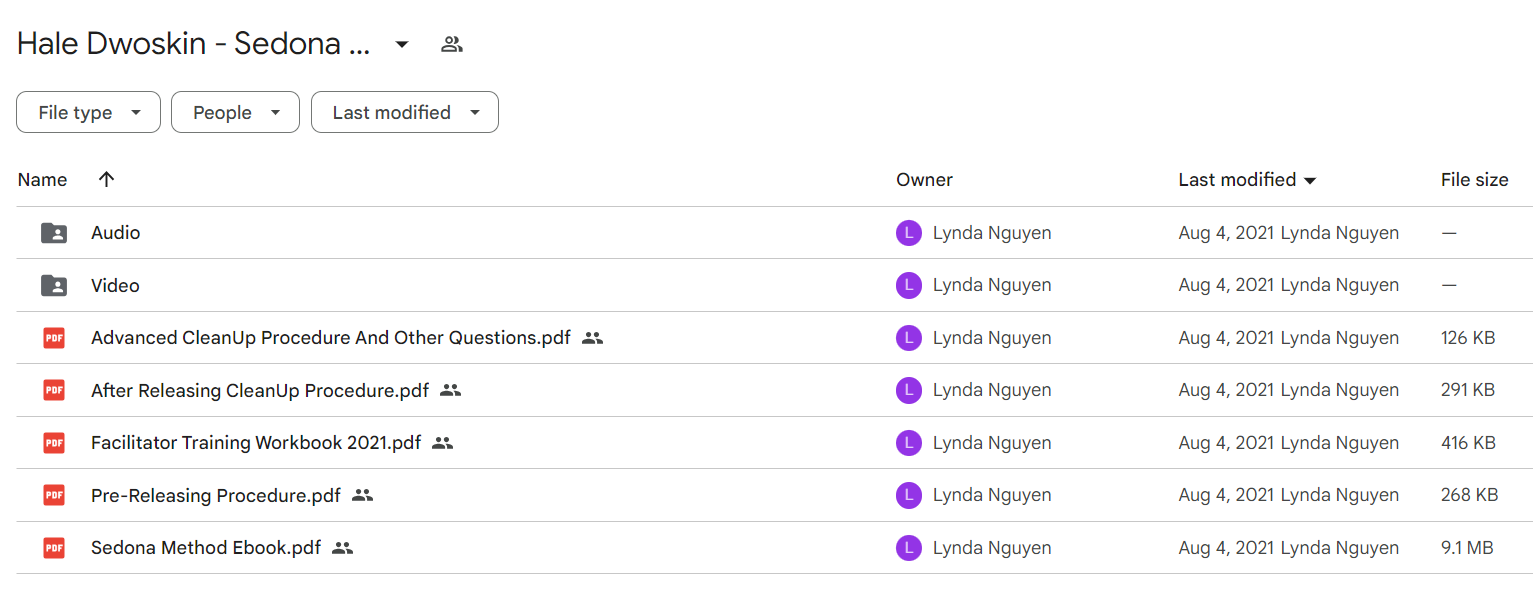
Hale Dwoskin – Sedona Method – Facilitator Training 2021
The Sedona Method®
The publisher and author of this material make no medical claims for its use. This material is not intended to treat, diagnose, advise about, or cure any illness. If you need medical attention, please consult with your medical practitioner.
The Sedona Method® is a trademarked and copyrighted process.
Copyright © 2009-2021 by Hale Dwoskin. All rights reserved. No part of this book may be reproduced or transmitted in any form or by any means, electronic or mechanical, including photocopying, recording, or by information storage and retrieval systems, without written permission of the publisher.
Note: The first part of the Facilitator Training will use The Sedona Method book as its reference and guide. What follows is a partial review of what is in the book and the more advanced material we will be covering that is not contained in the book. Please read the first 7 chapters of the book before you attend this online event.
This course will be presented over 5 weeks as follows:
Every Saturday you will have access to the next segment of material through your library on Sedona.com. Every Wednesday we will have two support calls to answer questions and further clarify the material as well as to further demonstrate how to be most effective at facilitating.
Please work with your partner at least once on each new process that is presented before the next session if possible. If at all possible, work with your partner several times on each new process. The more you work with your partner the more you will get out of this course. How to Be of the Greatest Service to Your Clients Be as non-reactive and in touch with the truth of who you are as you can. Identify as the other one. This allows you to feel the center of the client and talk from your client’s point of view. Desire to show the way to freedom to everyone who desires it. Be an example of that which you are presenting. Guide from your own knowingness and clear reason.
If you are presenting something that is not your direct knowingness, quote the source of the information to maintain in integrity. To the degree that I directly access my own knowingness, I have the power to help lift the other one to the level of that understanding. How to Be Most Effective as a Facilitator Take the attitude of sitting back with ease and watching what is going on. Refrain from forcefully directing the show.
3 Sedona Method Facilitator Training
Copyright © 2009-2021 Sedona Training Associates and Hale Dwoskin
Allow releasing to unfold for them with ease and joy. Use the pre-facilitation and after facilitation procedures. Remember to honor and validate your client’s point of view. Keep it light while supporting your client in feeling whatever it is they are feeling. Keep releasing. How to Recognize When You May Be Off Track The following list is meant as a guideline for success not as something to worry about. If you notice you are slipping into any of these patterns you are still being of great service to your client. You simply need to remember to release on the spot as best you can and to do the pre and post facilitation procedures. The more you practice this the easier it gets and the more effective you will become. If you are reactive while working with a client in addition to releasing simply allow yourself to refocus on being there with and for them as best you can. Put you client first!
- When a client gets increasingly reactive, it means the facilitator is reactive. Release. Let go of resisting that client.
- Physical manifestations such as: Tenseness… Neck tight… Headache… Tightness in the stomach… etc., clenched hot fist… dry mouth.
- Are you reactive about being reactive?
- Gut feeling. (Burning in stomach)
- When the client abruptly shuts up, but seems dissatisfied, and you feel bothered.
- Are you stuck on making a point?
- Are you saying too much? Are you continuing to explain after the client has gotten it?
- Are you arguing with the client?
- Are you fatigued?…Tired?…Checking to see how much longer the facilitation must go on today?
A Sedona Method® Event 4
www.Sedona.com
- Has the room fogged up?
- Are you determined to make the client release?
- Does it seem important for you to be right?
- Do you feel the need to tell them about themselves? Evaluate for them? Ask them instead.
- Are you justifying?…Defending?…Judging?…Blaming?…Opinionating?
- Are you spacing out?
- Did you miss what the client just said?
- Are you trying too hard?
- Are you thinking too hard? Efforting?
- Are you fidgeting?
20 Any change is responsiveness in the clients. Has the person left even if their body is still in the room?
- Are you appreciating yourself? Listening to yourself?
- Is there anyone whose eyes you avoid?
The First Four Ways of Letting Go:
- Deciding to drop it
- Welcoming or allowing the emotion
- Diving into the core of the emotion
- Holistic releasing
There are the four basic ways besides the 5th Way to approach the process of releasing, and all lead to the same result: liberating your natural ability to let go of any unwanted emotion on the spot and allowing some of the suppressed energy in your subconscious to dissipate. All these ways of letting go, when taken to completion, reveal that which we already are right now. The first way is choosing to let go of the unwanted feeling. The second way is to welcome the feeling—to allow the emotion to just be. The third way is to dive into the core of the emotion. The fourth way is by holistically embracing 5 Sedona Method Facilitator Training
Copyright © 2009-2021 Sedona Training Associates and Hale Dwoskin both sides of any issue or belief. The 5th Way of releasing will be described later in this
manual.
Letting go is natural. Babies do it and so do you. It is happening all the time without you even realizing it. Where are all the thoughts and feelings you had yesterday? Unless you call them back into consciousness now, they are gone. Deciding to Drop It Let me explain by asking you to participate in a simple release. Pick up a pen, a pencil, or some small object that you would be willing to drop without giving it a second thought. Now, hold the object in front of you and really grip it tightly. Pretend this is one of your limiting feelings and that your hand represents your gut or your consciousness. If you held the object long enough, this would start to feel uncomfortable yet familiar. Now, open your hand and roll the object around in it. Notice that you are the one holding on to it; it is not attached to your hand. The same is true with your feelings. Your feelings are as attached to you as this object is attached to your hand. We hold on to our feelings and forget that we are holding on to them. It’s even in our language. When we feel angry or sad, we don’t usually say, “I feel angry,” or “I feel sad.” We say, “I am angry,” or “I am sad.” Without realizing it, we are misidentifying that we are the feeling. Often, we believe a feeling is holding on to us. This is not true. We are always able to let go and just don’t know it. Now, let the object go. What happened? You let go of the object, and it dropped to the floor. Was that hard? Of course not. That’s what we mean when we say “Let go” or “Release.” You can do the same thing with any emotion—choose to let it go. Welcoming or Allowing the Emotion Sticking with this same analogy, if you walk around with your hand open, wouldn’t it be very difficult to hold on to the pen or other object you’re holding? Likewise, when you allow or welcome a feeling, you are opening your consciousness, and this enables the feeling to drop away all by itself like clouds passing in the sky or smoke passing up an open chimney flue. It is as though you are removing the lid from a pressure cooker.
Diving into the Core of the Emotion
Now, if you took the same object—a pencil, pen, or pebble—and magnified it large enough, it would appear more and more like empty space. You would be looking into the gaps between the molecules and atoms. When you dive into the very core of a feeling, you will observe a comparable phenomenon: nothing is really there. As you master the process of releasing, you will discover that even your deepest feelings are just on the surface. At the core you are empty, silent, and at peace—not in the pain and A Sedona Method® Event 6 www.Sedona.com darkness that most of us would assume. In fact, even our most extreme feelings have only as much substance as a soap bubble. And you know what happens when you poke your finger into a soap bubble… It pops. That’s exactly what happens when you dive into the core of a feeling. Holistic Releasing Lastly, as you focus on the object in your hand you will notice that it is defined by opposites. In other words, the reason you can perceive the object is because of the space around it. Without space, there can be no contents. Emotionally-based problems and feelings are defined or held together by opposites as well. We have good and bad, right and wrong, happy and sad, and love and hate, to name a few. When you welcome both sides of any of these pairs, opposed to clinging to one and resisting the other, you find they both dissolve, leaving you with the empty space that allows for all experiencing. We call this fourth way of releasing Holistic Releasing. Please keep these four analogies in mind as we go through the releasing process together.
Notes
7 Sedona Method Facilitator Training
Copyright © 2009-2021 Sedona Training Associates and Hale Dwoskin
A Sedona Method® Event 8
www.Sedona.com
Triple Welcoming + This process is used throughout the course to address the spins of limitation. This can be used any time to go from being lost in a story or belief in an old identity to resting as the presence, love, and joy that you are. What also can be “done”—or may simply happen spontaneously—is that these habit patterns from the past can be welcomed fully as one vortex of energy spinning in or on the presence of awareness that you are. This naturally causes them to dissolve. Triple Welcoming is a three-step process that may happen spontaneously or with our apparent help. You can “use” the following process for any issue, problem, belief, or feeling that you would like to release:
Step One
Allow yourself to welcome the pictures, sensations, and sounds that arise in or as this pattern. Welcome as well the labels, sto-ries, judgments, and conclusions—concepts that arise with or as this spin of energy.
Step Two
Allow yourself to welcome any desire to do anything with this spin or issue, including wanting to get rid of it or change it, or wanting to hold onto it or make it real, as well as any attachment or aversion to the issue. You may even recognize that wanting to do something is simply part and parcel of more of the same spin.
Step Three
Allow yourself to welcome any sense that this whole spin or issue is personal—about you or who you are—any sense of me or mine, them, or theirs.
Optional Step Four
Allow yourself to welcome what is beyond the spin or what the spin is appearing in or on.
When we welcome all three aspects of the spin, it feels as though it breaks free inside, and often we actually experience a spinning sensation as it naturally and effortlessly spins itself out of existence. We are simply noticing the spin that was always there. It is as if we suddenly felt the spin of the Earth. The Earth spins at over 1,000 miles an hour at the equator and is spinning around the sun at 60,000 miles an hour, yet we do not 9 Sedona Method Facilitator Training
Copyright © 2009-2021 Sedona Training Associates and Hale Dwoskin feel this because we feel attached to the Earth as we have felt attached to or part of these internal spins. Simply allow the whole spin to have its own momentum. As this happens, the spin stops being fed by “you,” and it dissolves on its own accord. At any moment, you may notice that this whole spin has no center or is about no one. I highly encourage you to explore this for yourself as best you can without expecting any result. Everyone who has explored this application of the 5th Way has been amazed by its power.
A Sedona Method® Event 10
www.Sedona.com
Supporting Yourself and Others with the 5th
Way – Free Way of Releasing
Getting Clear Within Yourself
If “you” believe you can teach anyone the 5th Way—or anything else for that matter— look at that again. You can point to the truth of who someone is; however, you cannot make anything happen for them, nor can you actually share the truth. You can only be it, be yourself.
The most important part of Peer-to-Peer Releasing with the 5th Way is getting clear within yourself about what you are and what you are not. Without this clarity, you will not be a good pointer, and people will not have a good mirror for what is already whole, complete, and perfect right within them.
Remember, right here, right now, there is already happiness, peace, and joy—not as some future attainment, experience, or event, but right here, right now. What you are is this perfect presence that is already seeing through those eyes, hearing through those ears, feeling through that body, all being translated and interpreted through the inner sounds you hear—thoughts—that appear or arise in “your” head. All of this is happening here and now…without “your” help. In fact, all attempts to help or hinder this natural and effortless happening are merely more sounds or thoughts. Our wanting to change what is prevents us from experiencing what is actually already here now.
A Direct Looking through the Illusion of Separation
The 5th Way of releasing is not really a way at all. It is an open, spontaneous inquiry into what is naturally present here and now. It is also a seeing through of what appears to be here. And that which appears to be here, for most of us, is merely an interpretation, label, or story based on what was. This story includes the assumption that there is actually a “me” and a “you” that are somehow independent and separate from each other. The bottom line is that you are supporting your partners in discovering for themselves what is actually here and now, and when you do that, two things become obvious: The separate “me” with its story of suffering is not true What is here is simply here. And it is simply the truth of what you are. Allow what unfolds between you and your partner to happen naturally without force, and do this from your direct experience in this moment, opposed to from memory or
11 Sedona Method Facilitator Training
Copyright © 2009-2021 Sedona Training Associates and Hale Dwoskin what you think should be experienced. Also, know that what you are sharing is really not a technique but is rather a direct looking through the illusion of separation to the simple presence that is what you are and is what your partner is.
There Is No You to Help Them
There is no “you” to help them. Allow yourself to explore this perspective throughout the course and beyond. Any time you think you are helping anyone, you are reinforcing your belief in the separate individual. This cuts you off from the knowingness that you are and makes whatever you do with a releasing partner less effective. As you explore this, you will also notice:
There is no you, nor is there a them.
If there is no personal center within you, then how could there be a personal center anywhere? Allow yourself to explore the absence of any personal center anywhere.
Remember, It Is Not about the Words
What you are is beyond all words. Words are just symbols, representing our concepts about what appeared to be in the past. Most of us live in a mental world believing that this world and these thoughts are actually a real reflection of what is. What you are is aware of, yet unaffected by, all words and all thoughts. Another way of saying this is, the word is never the thing. And no thing has any independent nature apart from the presence of awareness that you are. What we think we are is not us, because all words, all thoughts, are simply what we call the mind. What we are contains the mind, but can never be contained by it.
The thoughts “I” and “me” are not who we are. When that is recognized, it has a profound influence on the way life is experienced. It is very hard to take our supposed problems seriously or cling to them when we realize that they are not—and, in fact, nothing is—actually personal. At the same time, we need to use language to communicate, so there is no advantage in any attempt to not use words. Simply allow yourself to speak in a relaxed and natural way.
Even though we will be using words in this course and you will be using words when you appear to work with others, it has nothing to do with the words. This manual has many words you can use as pointers. Treat them as jumping-off points only, not the gospel of what is right or wrong in supporting others in their inquiry.
A Sedona Method® Event 12
You Are Not the Doer
When you work with others, remember that what you are doing with them is nothing.
What arises in you in response to what arises in them is quite spontaneous. If the mind attempts to take credit for what is being experienced by you or them, remember that what is being experienced is just an appearance.
The more there is an absence of any sense of the helper, the more there is apparent help. When working with anyone, our only goal is to help them end their seeking and looking outside themselves for answers or assistance.
If your partner tries to put you on a pedestal or make you special in any way, remember to point them back to the truth of who they are. This has nothing to do with you. You and All Apparent Others Are Already Awareness
As you release with others, please remember that you are both already presence awareness. Because of this, it does not have to take a long time for someone to recognize the truth of who they are. It can happen with just one question. This is not to say that everyone will find it this easy to be self-obvious to themselves; however, be open to this possibility.
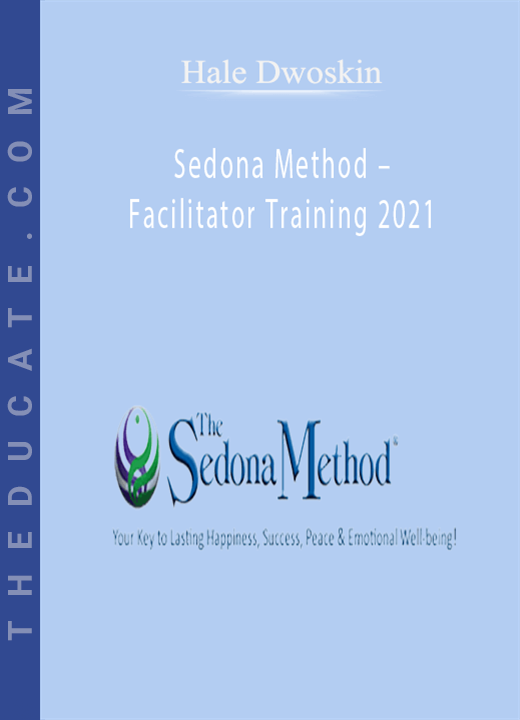


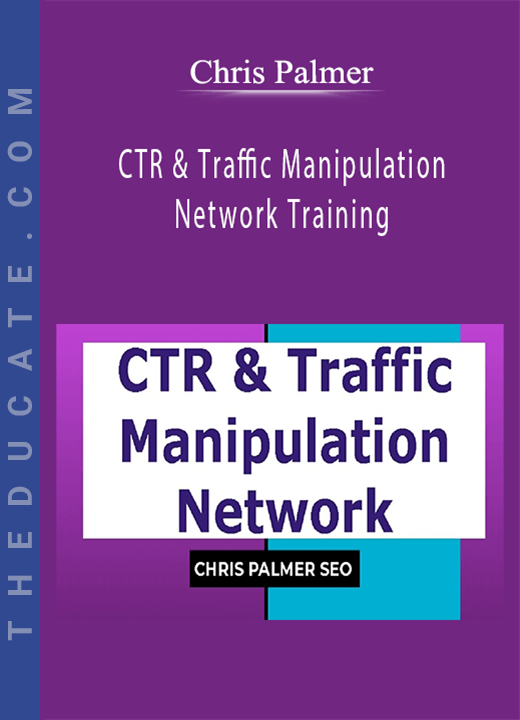
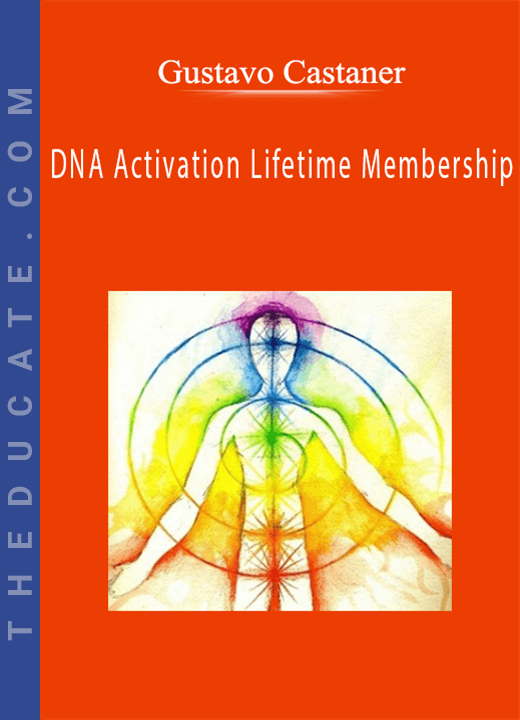
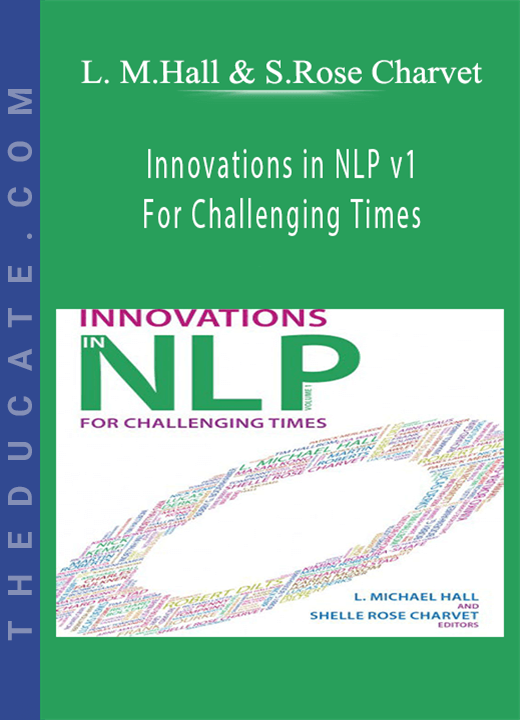

11 reviews for Hale Dwoskin – Sedona Method – Facilitator Training 2021
There are no reviews yet.